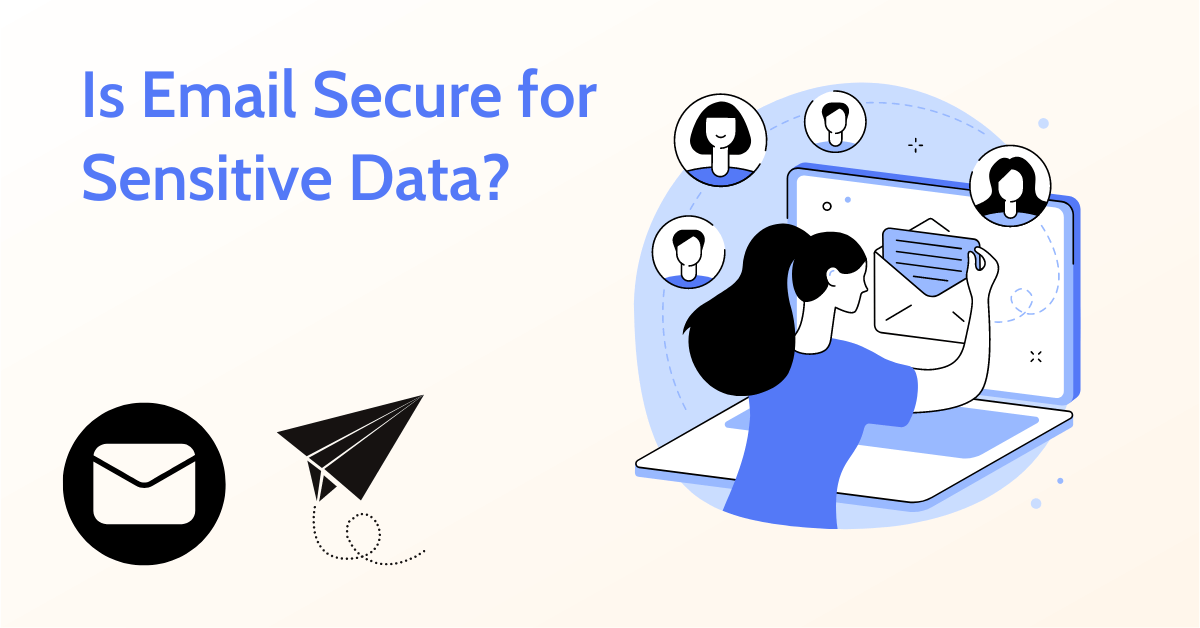Email encryption is the process of converting the content of an email message into a coded format that can only be decoded and read by the intended recipient. This added layer of security helps protect the privacy and confidentiality of sensitive information. When an email is encrypted, it becomes unreadable to anyone who needs the appropriate decryption key. This means that even if the email is intercepted during transmission, the content will remain secure and inaccessible to unauthorized individuals.
Privacy and confidentiality breaches
The most important is the potential breach of privacy and confidentiality. When you send sensitive information, such as personal identifiers, financial details, or health records, over unencrypted email, you expose this data to anyone accessing the email servers or network through which the message passes. This includes email service providers and potential hackers or law enforcement agencies with the right tools and permissions. This sensitive information could be used in the wrong hands for identity theft, fraud, or other malicious purposes.
Data interception and tampering
Unencrypted emails are vulnerable to interception and tampering by malicious actors. Without encryption, it is relatively easy for hackers to intercept emails and alter their content or attachments. This could have serious consequences, especially in business communications, where important decisions are made based on the information exchanged. For example, a hacker could intercept an unencrypted email containing financial instructions and modify the payment details, transferring funds to the wrong account. This attack could lead to significant economic losses and damage your reputation.
Non-compliance and legal issues
Depending on your industry and the nature of the information you handle, sending sensitive data over unencrypted email may result in non-compliance with regulatory requirements. Many sectors, such as healthcare and finance, have strict data privacy and security standards that must be adhered to. Failing to encrypt sensitive emails could result in legal consequences, including fines and damage to your organization’s reputation. Awareness of the relevant regulations and ensuring your email communications comply is essential.
Solutions- Email encryption methods
Secure sockets layer (ssl) / transport layer security (tls)
SSL/TLS is a standard security technology used to establish an encrypted link between a server and a client, typically a web server (website) and a browser or an email server and an email client. This encryption ensures that data transmitted between the two remains private and secure Write your notes online.
While this method is widely used and effective for general email communications, it does have limitations. SSL/TLS only encrypts data during transmission, so if the recipient’s email server does not support these protocols, your message may be sent unencrypted.
Digital signatures
Digital signatures provide an additional layer of security and authenticity to your emails. This technology allows the recipient to verify that the email came from the stated sender and that the content has not been altered during transmission. Digital signatures use public-key cryptography, where the sender uses the recipient’s public key to encrypt the message, ensuring that only the intended recipient, who possesses the corresponding private key, decrypts and reads it.
Educate your team
If you’re operating in a business context, ensure that all employees are educated about the risks of unencrypted email and the importance of secure communications. Establish clear guidelines and policies for handling sensitive information and provide training on using encryption tools and secure email practices. Email attachments often contain sensitive information, so handling them carefully is essential. Consider using secure file-sharing services with encryption and password protection for sensitive attachments.

